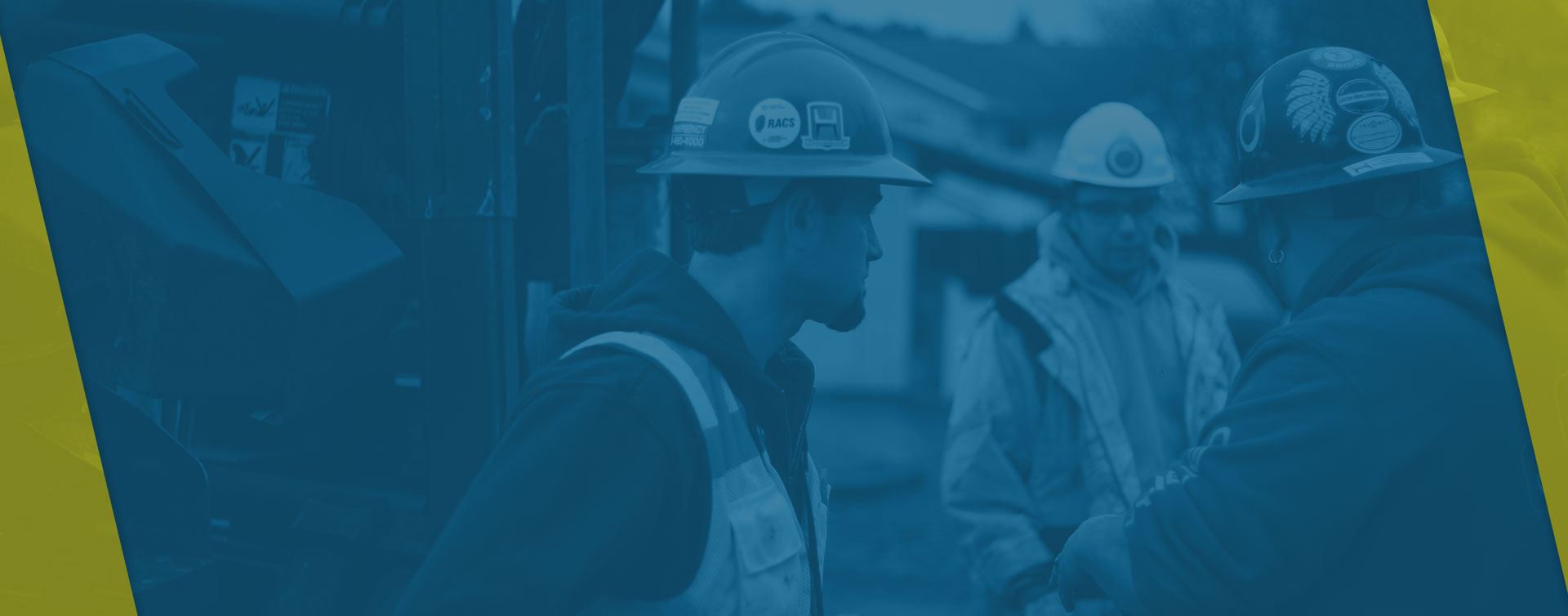The ODEQ sanctions three methods of soil remediation
Soil Matrix Cleanup
Soil matrix cleanup standards are the most stringent set of remediation actions determined by the ODEQ. The standards were developed to maximize protection of human and ecological health. There are three remediation tiers based on the evaluation of five ecological components: groundwater, rainfall, soil type, aquifer and proximity to receptors. Soil Matrix standards usually require the excavation and removal of petroleum contaminated soils.
Generic Remedy Generic Remedy standards are less stringent than Soil Matrix standards allowing for little or no soil removal. In order to qualify for Generic Remedy Standards all of the following criteria must be met:
- The release is from a heating oil tank
- The only product released is heating oil or diesel #2
- Contamination is limited to soil with no groundwater detected
- No free product is present as a result of the tank leak
- No ecological risks posed by the release
If all Generic Remedy criteria is met, soil samples are taken to determine location and concentration of remaining heating oil.
Risk Based Decision Making
The ODEQ allows sites to be closed where contamination in place exceeds soil matrix and generic remedy cleanup levels. The risk based decision making process requires that heating oil contaminated soil remaining in place pose no threat to the environment or human health, and:
- The source of the contamination is removed
- No free product present as a result of the leaking tank
- The vertical and horizontal extent of the contaminated soil remaining in lace is delineated
- The soil sample representing the worst contamination left in place is analyzed for BETX and PAH
- Constituents of concern pose no human or environmental health threat and all possible exposure pathways have been explored
More stringent, regulations were adopted by the ODEQ in 2009 leaving fewer petroleum-contaminated sites to meet Risk Based Decision Making criteria.

